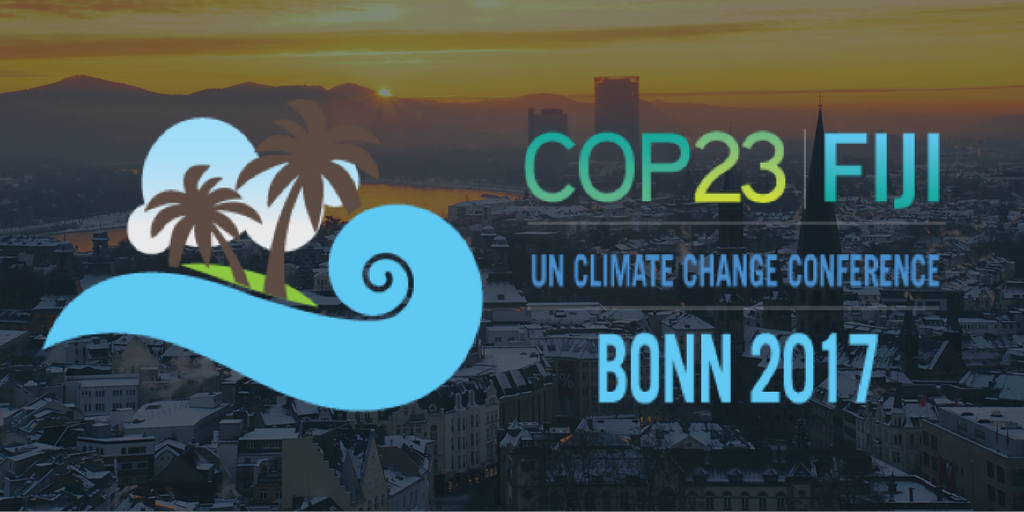On Saturday, December 8, the 18th Conference of the Parties to the UNFCCC (COP) and the 8th Conference of the Parties serving as the Meeting of the Parties to the Kyoto Protocol (CMP) were concluded in Doha. While the meetings may have taken a day longer than their original schedule, agreement was finally reached. According to the President of the COP, Abdullah bin Hamad Al-Attiyah, “Doha has opened up a new gateway to bigger ambition and to greater action – the Doha Climate Gateway.” In our final report on the Doha COP and CMP, we provide an overview of some of the key outcomes of the Doha negotiations.
Amendments to the Kyoto Protocol to create a second commitment period :
- The second commitment period will be for eight years, commencing on January 1, 2013 and conclude on December 31, 2020.
- Nearly 40 parties have agreed to binding emissions reduction targets for the second commitment period, including the EU (and its 27 member states), Norway, Australia, Switzerland and others.
- Those countries which have taken on binding targets in the second commitment period have agreed to review those targets by 2014, with a view to achieving more stringent reductions.
- The Kyoto Protocol’s flexible market mechanisms – the Clean Development Mechanism (CDM), Joint Implementation (JI) and International Emissions Trading (IET) – will continue to operate in the second commitment period, although only those parties which have adopted binding targets for the period will be eligible to transfer and acquire credits earned using these mechanisms.
- Some, but not all, of the Annex I parties which have accepted emissions reduction targets for the second commitment period have also agreed not to carry over any surplus emissions trading credits from the first commitment period.
- The amendments will not come into force until 90 days after 75% of the parties to the Protocol have filed instruments of acceptance. Annex I parties can provisionally apply the amendments at their discretion (in which case they would be legally bound from January 1, 2013 onwards). Those parties which do not provisionally apply the amendments have agreed to implement them in a manner consistent with their domestic laws from January 1, 2013 onwards, until they come into force and become legally binding.
Agree outcome on Long-term Cooperative Action:
- The Bali Action Plan, adopted in 2007, required the parties to reach an agreed outcome on various issues. This outcome brings the work of the Ad hoc Working Group on Long-term Cooperative Action under the Convention (AWG-LCA) to a close.
- Elements of the agreed outcome include:
- Requesting the Subsidiary Body for Scientific and Technical Advice to conduct a work programme to develop the procedures for a new market-based mechanism to promote cost-effective mitigation actions;
- Reaffirming the commitment by developed countries to provide $100 billion per year by 2020 to address the needs of developing countries, although no additional detail has been provided as to the sources of this finance. By the time of the next COP, which is to be held in Poland in late 2013, developed countries are to submit strategies for mobilizing scaled-up climate finance to achieve this $100 billion goal.
- For short term-finance from 2013 to 2015, developed country parties are encouraged to provide an amount equivalent to at least their annual average level of fast start finance provided in the 2010-2012 period.
- A review process to reassess the long term temperature goal of keeping warming below 2 degrees Celsius. The review is to commence in 2013 and conclude by 2015.
Advancing the Durban Platform for Enhanced Action:
- The parties have agreed to a timetable for negotiating a global climate change agreement by 2015, with the obligations therein to come into effect by 2020.
- During 2013 the parties are to “identify and explore” options that can close the pre-2020 ambition gap.
- UN Secretary General, Ban Ki-moon, has announced his intention to convene world leaders in 2014 to mobilize political will and ensure that the 2015 deadline is met.
- A draft negotiating text of the agreement is to be prepared by 20th COP, which is to be held in December 2014, and a negotiating text is to be available by May 2015.
Loss and damage:
- The parties have agreed to a work programme on the issue of loss and damage associated with climate change impacts, especially in developing countries that are particularly vulnerable to the adverse effects of climate change.
- As part of this process, the parties have decided to establish institutional arrangements, such as an international mechanism, to address loss and damage. These institutional arrangements are to be established at the next COP, which is to be held in Poland in late 2013.
Going Forward from Doha:
While no significant new emissions reduction pledges were made in Doha, the conclusion of the work of the Bali Action Plan and the creation of a second commitment period under the Kyoto Protocol is an important step. With these two negotiating tracks now wrapped up, future meetings of the COP should be more streamlined than negotiations in Doha, and focused on a achieving a new global climate change agreement by 2015. With the exception of amending the Kyoto Protocol to create a second commitment period, most of the outcomes from Doha are work programmes which set out a path for pursuing climate change mitigation and adaptation through future work. As Doha COP President Abdullah bin Hamad Al-Attiyah put it, “now governments must move quickly through the Doha Climate Gateway to push forward with solutions to climate change.”



